Change is certainly in the air. Black walnut husks splatter-paint the back roads in clumps and wands of solidago wave in dense clusters. Occasionally, a solitary yellow beacon against the backdrop of dehydrated long grasses. I also noticed another major change along the side of the road on my way to a fall migration bird banding session with Wild Bird Research Group.
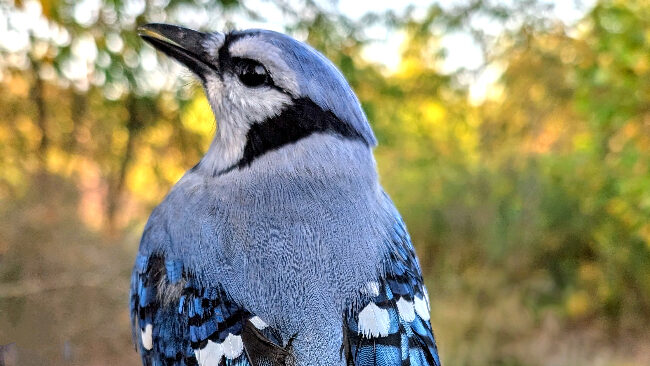
As I drove past at 6:03 am, the lights were full-on inside the Dunkin’ Donuts coffee shop. All summer, I begrudgingly drove by its darkened windows. You see, the alarm for getting us all to the bird banding station just before sunrise is a little bit later now than it was at the height of summer. So the alarm for us technicians and banders changes a lot from month to month, sometimes even week to week. But finally, it’s that rare time of year where I could actually stop for coffee. (Well, let’s get real, I would drive-thru, not stop.) Some of us stopped for other reasons on the way into work. Was it the “doe’” or “oh, buck!!!!” we won’t know for sure.
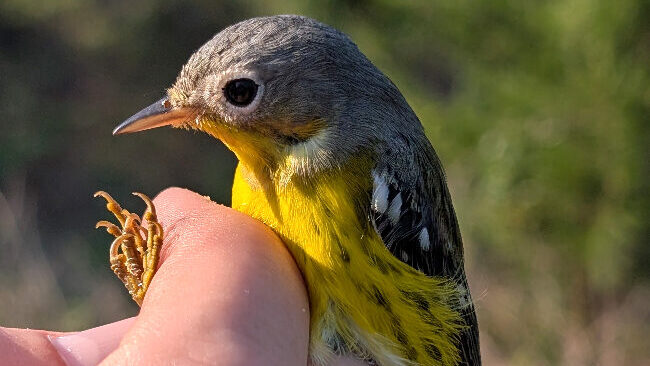
As far as songbirds go, it was a great morning on September 14th. Blue jays were going cuckoo in the trees, and a bursting chill was in the air not felt for quite sometime…perhaps since May? The bird of the day for commonality probably belonged to the Common yellowthroat, living up to its name. But some fun brandy-new warblers also made their way to the station which is almost more exciting than a new drop of a coffee flavor in the fall.
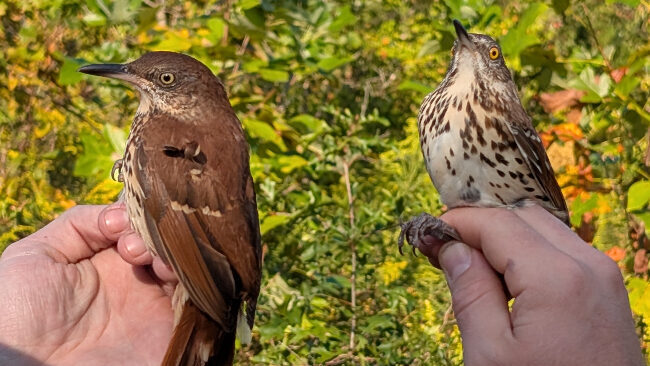
We enjoyed a visit from both a Black-throated blue warbler and a Canada warbler for the first time at Fiddler’s Creek which was definitely a highlight double shot. We couldn’t get enough photos to capture the quick moment. In between those two noteworthy highlights we also got to see two Brown thrashers side by side looking strikingly different. Not just in the eye color which changes as they age, but even the color of their plumage was strikingly different, one more cinnamon colored on their normally white breast which is dappled in brown spots. We had one species that stayed OUT of the double digit tally for the first time in many many weeks. Finally, the Gray catbird has quieted down, in more ways than one.
Others also percolated here and there for an extra perk of excitement to the day. Palm warbler, an American redstart, and a gorgeous Northern flicker to name a few. We even had a few recaptures as well, but not many. The Tufted titmouse was by far the loudest of the bunch. As the tiny yellow leaves of the Black locust tree covered our banding station table like confetti, the party was certainly winding down, and the caffeine was wearing thin. The ground was harder than a rock, the leaves of certain trees seemed to be falling not from lack of sunlight that is the typical cause, but more so from lack of rain. And when you record a Canada warbler as the last bird of the day, you can’t help but wonder what’s around the corner for the next session. Stay tuned! It may be piping hot!
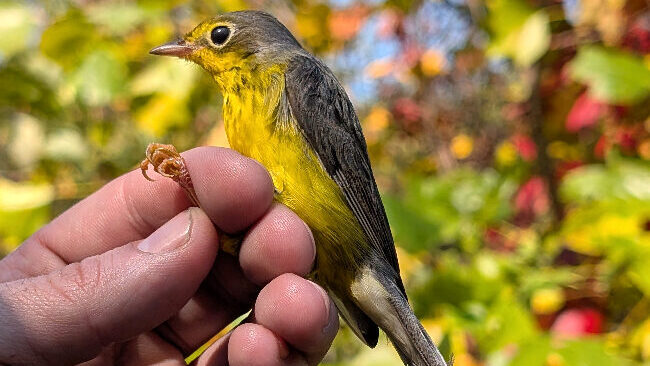
The Wild Bird Research Group, Inc. is a 501 (c)(3) non-profit organization whose mission is to conduct and support research and science-based conservation initiatives that benefit birds and their habitats in the Americas. WBRG and its associates conduct various research, monitoring and education programs in the Mid-Atlantic U.S. and Central America, tropical bird banding internships for university students, owl migration and winter ecology research, and bird-focused environmental interpretive programs. Click on the logo below to learn more.


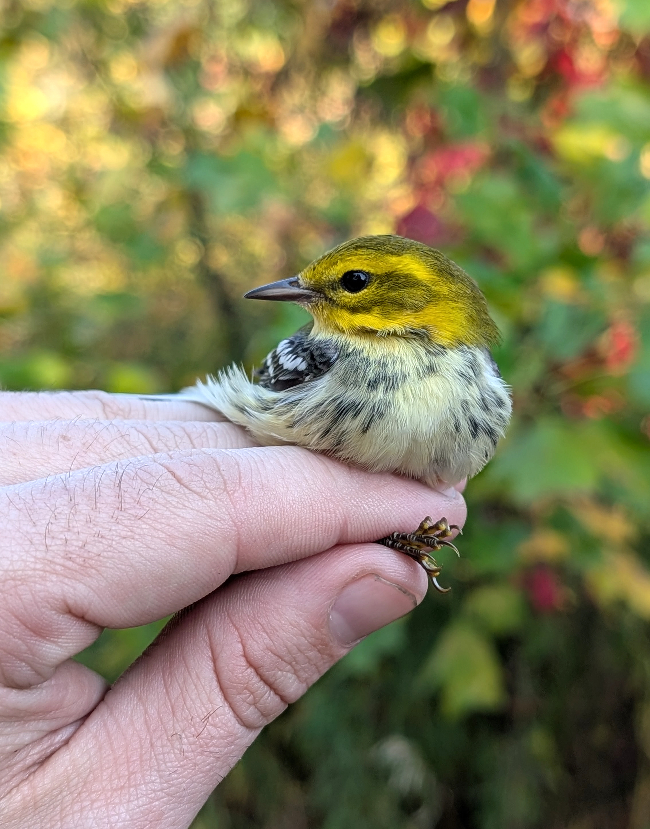
Comments are closed